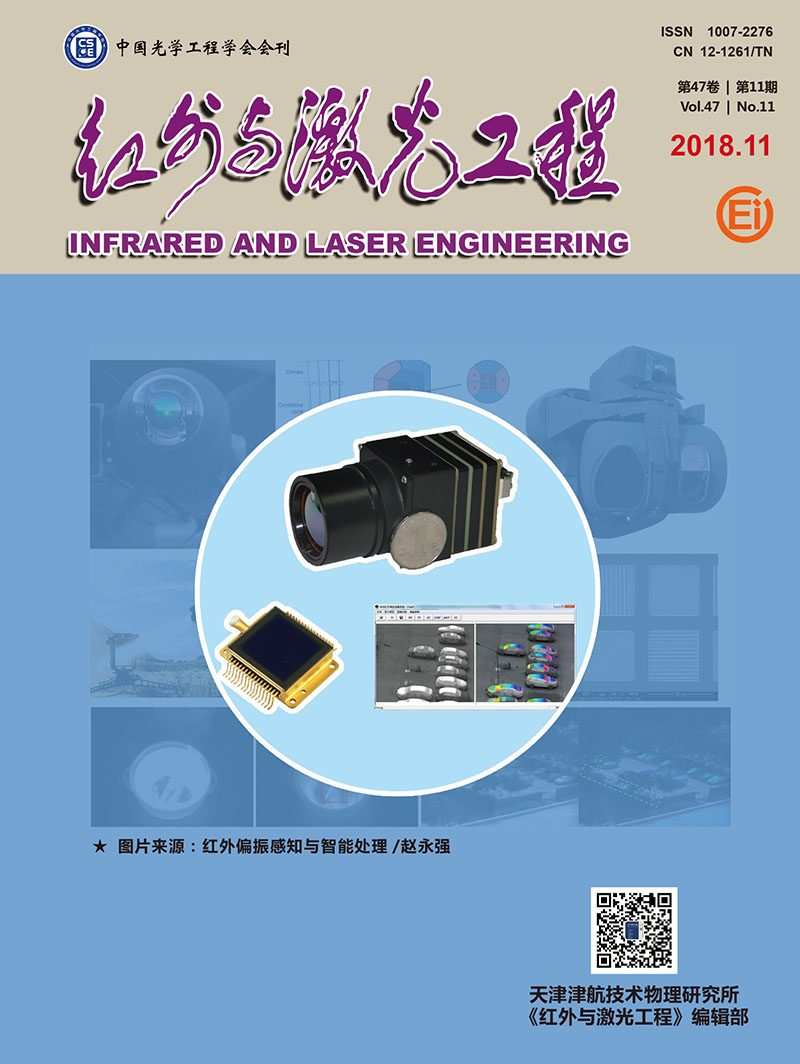|
[1]
|
Luke Maidment, Zhang Zhaowei, Christopher R Howle, et al. Stand-off identification of aerosols using mid-infrared backscattering Fourier-transform spectroscopy[J]. Optics Letters, 2016, 41(10):2266-2269. |
|
[2]
|
Zhu Wenyue, Liu Qiang, Wu Yi. Aerosol absorption measurement at SWIR with water vapor interference using a differential photoacoustic spectrometer[J]. Optics Express, 2015, 23(18):23108-23116. |
|
[3]
|
Zhang Junqiang, Xue Chuang, Gao Zhiliang, et al. Optical remote sensor for cloud and aerosol from space:past, present and future[J]. Chinese Optics, 2015,8(5):680-698. (in Chinese)张军强, 薛闯, 高志良, 等. 云与气溶胶光学遥感仪器发展现状及趋势[J]. 中国光学, 2015, 8(5):680-698. |
|
[4]
|
Yang Shaohua, Guo Mingan, Li Binkang, et al. Design of digital EMCCD camera with mega pixels[J]. Optics and Precision Engineering, 2011, 19(12):2970-2976. (in Chinese)杨少华, 郭明安, 李斌康, 等. 百万像素电子倍增CCD数字化相机的设计[J]. 光学精密工程, 2011, 19(12):2970-2976. |
|
[5]
|
Xu Wenhai, Wu Houde. Design of ultra-high resolution CCD imaging systems[J]. Optics and Precision Engineering, 2012, 20(7):1603-1610. (in Chinese)许文海, 吴厚德. 超高分辨率CCD成像系统的设计[J]. 光学精密工程, 2012, 20(7):1603-1610. |
|
[6]
|
Zheng Liangliang, Jin Guang, Qu Hongsong, et al. Space-borne CCD imaging circuit system with high signal-to-noise ratio[J]. Optics and Precision Engineering, 2016, 24(8):2028-2036. (in Chinese)郑亮亮, 金光, 曲宏松, 等. 高信噪比星载CCD成像电路系统[J]. 光学精密工程, 2016, 24(8):2028-2036. |
|
[7]
|
Fan Jinxiang, Yang Jianyu. Development trends of infrared imaging detecting technology[J]. Infrared and Laser Engineering, 2012, 41(12):3146-3153. (in Chinese)范晋祥, 杨建宇. 红外成像探测技术发展趋势分析[J]. 红外与激光工程, 2012, 41(12):3146-3153. |
|
[8]
|
Liu Tao, Zhang Ye, Li Liang, et al. FPGA design of GF-4 satellite large-array infrared camera video processing circuit[J]. Spacecraft Recovery Remote Sensing, 2017, 38(3):109-115. (in Chinese)刘涛, 张晔, 李亮, 等. 高分四号卫星大面阵红外相机视频处理电路的FPGA设计[J]. 航天返回与遥感, 2017, 38(3):109-115. |
|
[9]
|
Zhang Pei, Zhu Hongbin, Lv Jian, et al. Design of the low noise uncooled infrared focal plane array driver circuit[J]. Infrared and Laser Engineering, 2010, 39(5):806-810. (in Chinese)张沛, 祝红彬, 吕坚, 等. 低噪声非制冷红外焦平面阵列驱动电路的设计[J]. 红外与激光工程, 2010, 39(5):806-810. |









 DownLoad:
DownLoad: